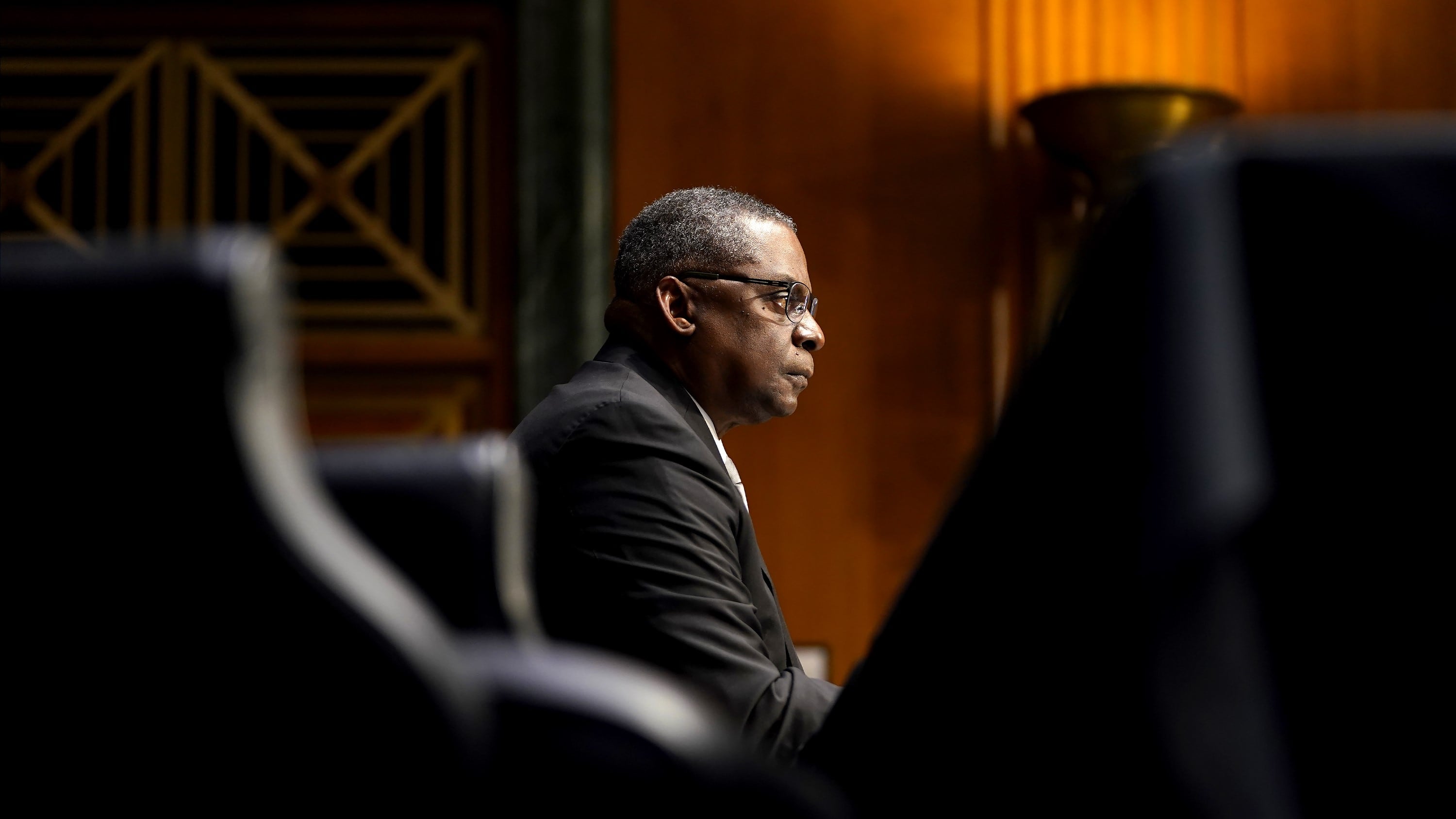The two years after a sexual assault are a make-or-break time for military careers, according to a Rand Corp. study published Monday, as survivors are twice as likely to leave service during the first 28 months after an attack.
This is particularly true for men, the study found, as they are especially likely to seek a discharge after an assault.
“Sexual assault and sexual harassment are associated with a wide range of harms to individual service members, but this study highlights another negative impact of these crimes — higher rates of attrition and associated harms to force readiness.” Andrew Morral, lead author of the report, said in a release.
The report is based on the 2014 Rand Military Workplace Study, a joint venture with the Defense Department, which collects anecdotal data about service members’ experiences of sexual harassment and assault.
Researchers compared that report to separation data from 2015 through 2016, gauging the effects of both suffering an assault and reporting an assault on a service member’s decision to end his or her military career.
During that time period, the authors estimated, an extra 2,000 troops left the military because of 2014 assaults, while another 8,000 — or 8 percent of separations — left because of sexual harassment.
“It is likely that the actual numbers of military separations caused by sexual assault and sexual harassment are underestimated because this study only reflects a 28-month window of time and thus only a fraction of all the sexual assault and sexual harassment experiences during the careers of the service members included in the 2014 study,” according to the release.
While anecdotally, assault survivors have spoken of being forced out of their careers after reporting, or because of the mental health fallout of their attacks, RAND found that most troops who are separated following an assault sought a discharge voluntary.
“Our results suggest that separations following sexual assaults are disproportionally voluntary, rather than involuntary, for both men and women, and this tendency to leave voluntarily after experiencing sexual assault or harassment is even greater for men,” according to the findings.
Rand estimated that 16,000 hours of productivity were lost during the period studied, because of the number of troops who left in that two-plus years.
“Costs of personnel losses vary depending on the service member’s service branch, years of service, and career specialty; whether the service is growing or shrinking; replacement recruiting costs and incentives; and many other factors,” according to the report.
The report recommends that not only does DoD continue with its prevention and response efforts, but that it redesigns some of its messaging to focus on the male survivors of sexual assault, incidents that are often framed by hazing.
RELATED

Rand also suggested that DoD further study how sexual assault and harassment are affecting retention.
Currently, the Pentagon is within the first few weeks of a 90-day review of its sexual assault and response program. Within that review, senior leaders had a Feb. 5 deadline to provide Defense Secretary Lloyd Austin with “a summary of the sexual assault harassment and accountability measures” employed over the past year “that show promise, as well as a frank, data-driven assessment of those which do not.”
Reports to Austin should also include “relevant data over the past decade, victim support efforts and advocacy,” he wrote in a Jan. 23 memo.
“I certainly believe that we need to do better. A lot of things better in terms of investigation and prosecutions and. And I think we have to look at this holistically,” Austin told lawmakers during his January confirmation hearing.
Meghann Myers is the Pentagon bureau chief at Military Times. She covers operations, policy, personnel, leadership and other issues affecting service members.





